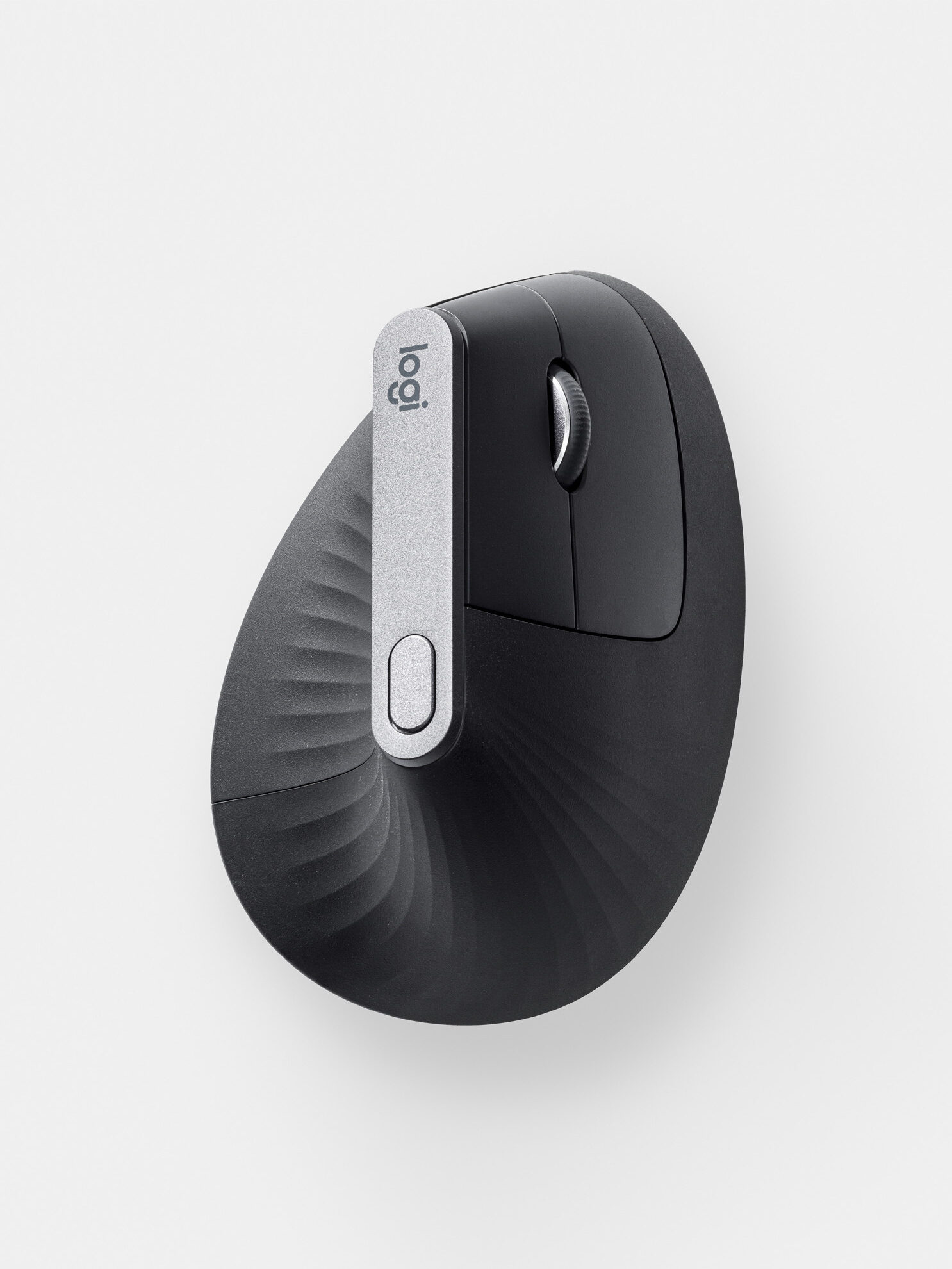In the twenty-first century, the computer mouse and smartphone have become modern companions to humans. Many of us use these tools intensively both at work and in our private lives, often for several hours without any breaks. In recent years, artificial intelligence software has increasingly enabled smartphones and computers to be voice-operated or to offer the automatic recognition of dictated texts, yet we still generally operate our computer mouse and smartphone by hand. Heavy use can cause wrist and finger problems for some people.


Abb 01: Faustkeil, ca. 150’000 vor heute Silex, wahrscheinlich aus Cerro Veronese, Provinz Verona, Italien Archäologische Sammlung der Universität Zürich
Abb 02: Logitech MX Vertical Mouse, 2018, Museum für Gestaltung-Zürich, Designsammlung




These difficulties can be manifested in various ways, for example as tendonitis due to frequent bending and stretching of the thumb and index finger. In such cases, radiological examinations reveal a significant amount of fluid in the affected tendon sheath, as well as thickening of the tendon sheath wall. Sometimes excessive use of a computer mouse also results in what is known as carpal tunnel syndrome, which is accompanied by tingling or numbness of the fingers. In addition, arthrosis of joints in the hand can occur as a possible long-term effect. However, a direct connection between the development of arthrosis and use of a smartphone or mouse can usually not be clearly established, since other activities can also lead to arthrosis of the hand, especially in people doing skilled manual labor.



Ergonomic x-ray of a computer mouse, 2021 © Museum für Gestaltung Zürich
Even though operating a mouse and smartphone causes medical complaints in some people, for most of us it seems to have little impact on our hands. Other parts of the body may be affected, though. For example, frequent and intensive use of a computer mouse or smartphone can alter our posture, triggering aches and pains in the shoulder and neck.
Scientific partners: Dr. Luana Nyirö, Prof. Dr. Reto Sutter, University Hospital Balgrist
Lenders: Museum für Kommunikation Bern, Fondation Mémoires Informatiques, Museum für Gestaltung Zürich